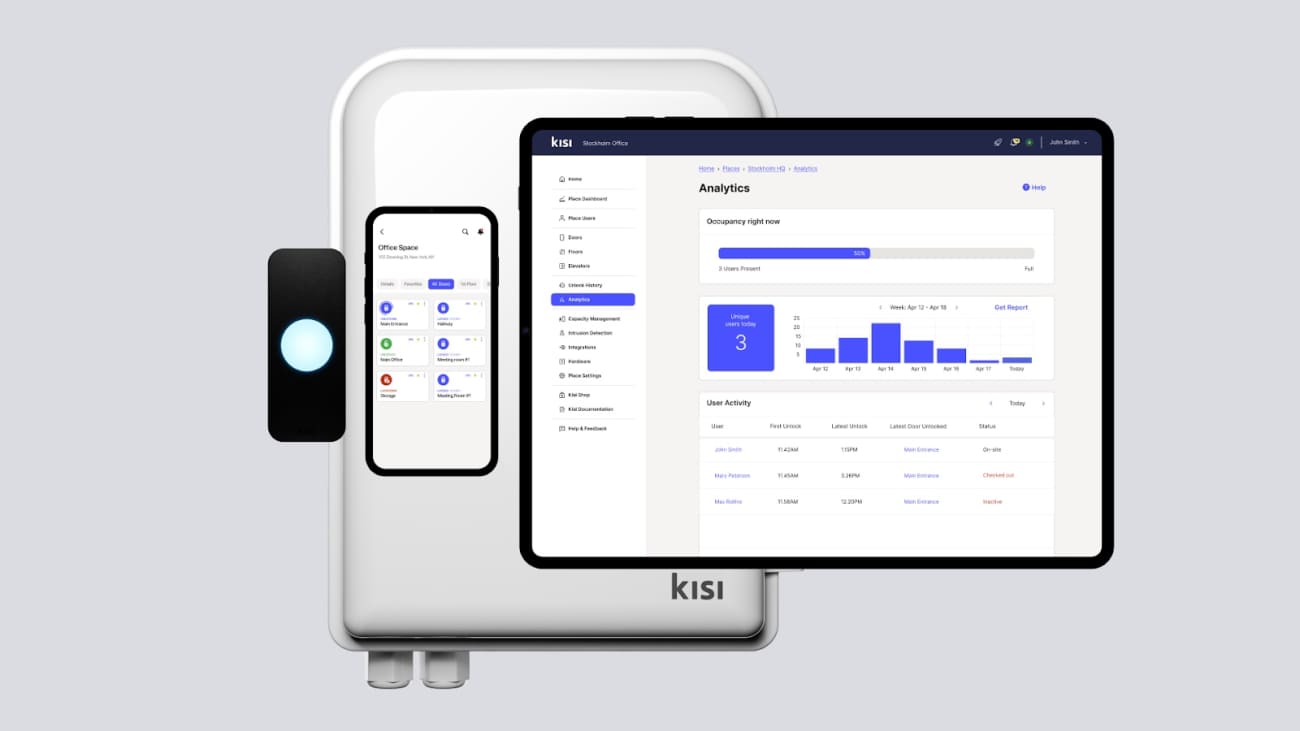Modern businesses don’t just need smart, productive employees—they also need smart spaces. New developments in technology have made smart office automation a realistic solution for many companies, allowing them to better adapt to a business landscape dominated by hybrid and remote work, growing security threats, and concerns about cost-savings and energy efficiency.
This article will introduce you to the concept of smart office automation and explain how it can benefit your business. You’ll also learn what to look for when selecting smart office solutions like Kisi and how to implement them effectively.
What is smart office automation? #
A smart office is a space that leverages technology to streamline processes, increase efficiency, and improve security. Smart office automation takes the burden of repetitive tasks off the shoulders of employees so that they can focus their attention in more productive areas.
Smart offices rely heavily on different kinds of technologies, including:
- Internet of Things (IoT) devices: IoT solutions use sensors to control a range of systems in your office, including lighting and access control.
- Artificial intelligence (AI) and machine learning: AI and machine learning can collect real-time data and provide detailed insights into your operations so you can resolve issues and close gaps.
- Cloud-based systems: Cloud technology allows you to operate systems remotely and store data off-site, minimizing the need for physical space to house servers and other equipment.
- Collaboration solutions: These solutions allow employees to work together more effectively regardless of whether they’re on-site, traveling for business, or working from home.
These tools allow you to automate various office functions, enhancing the user experience for workers, guests, clients, and partners. You can simplify daily tasks that are often inconvenient, while also establishing strong security to address vulnerabilities within your business.
Key features of smart office automation #
Adding automation to your office can mean a major overhaul or small changes over time. No matter what approach you take, these are some of the core elements that can serve as the foundation of your transformation.
Access control and security #
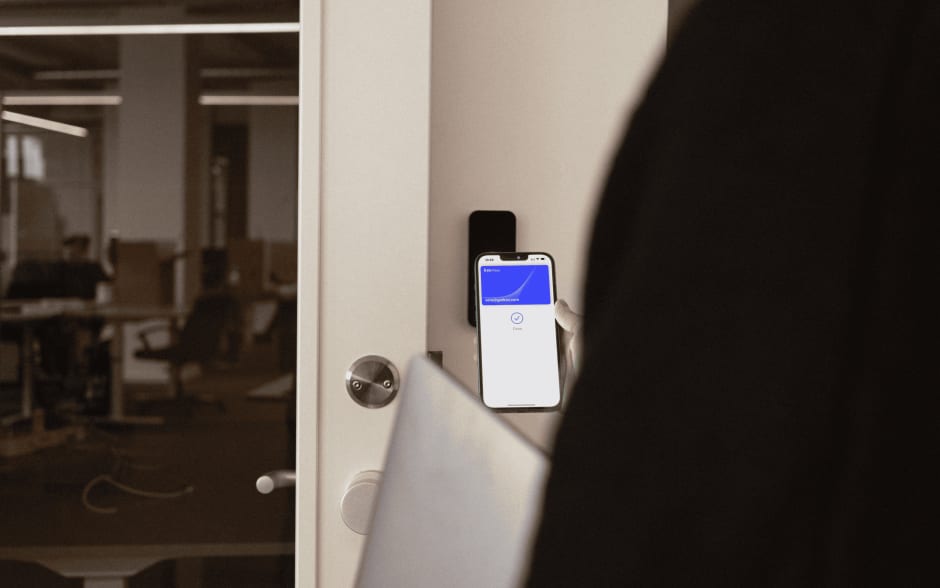
Changing the way you lock and unlock doors seems like a minor shift, but it can have a significant impact on the efficiency of your office, the safety of your team, and the integrity of your data. Access control is the heart of a smart security system because it allows you to control who enters and exits your premises without issuing physical keys, hiring a round-the-clock security team, or tasking a receptionist with constantly opening doors.
With an access control system like Kisi, you can authorize individuals to enter specific areas of your building on a short or long-term basis. By issuing modern access credentials, such as employee badges in Apple Wallet or other mobile credentials, employees and other people who need to enter your premises can do so without checking out or borrowing a key. This also enables you to maintain confidentiality and security by limiting access to particular areas. For example, you can grant employees access to every area, while giving only temporary and limited access to contractors who will need to open the front door.
Automating access control reduces operational overhead and can also contribute to higher ROI. To streamline and enhance security, you can integrate your access control system with video surveillance. This allows you to see what’s happening in and around the office at all times. It also automatically alerts you to suspicious activity.
Lighting #
Another popular form of smart office automation is using sensors to activate and deactivate lights. You can turn them on or off based on occupancy or adjust dimming levels based on the amount of natural light entering the room. Motion activation prevents you from draining electricity when rooms are empty and can serve as a security measure.
Placing motion-activated lights near entrances can deter potential intruders from coming closer to the property. Connecting your lighting system with your access control paves the way for adaptable, customizable spaces promoting maximum sustainability.
Audiovisual components #
Another way to automate your office is with visual and audio systems. For example, you can use digital signs that automatically populate with information from associated software to keep employees updated on important changes, alerts, and safety issues.
You can also use intercoms and speakers to enhance your office space. Smart intercoms can connect with other devices in the building, such as smartphones and tablets, so that employees can communicate with one another or with visitors, no matter their current location. Some business intercom systems also have advanced features such as facial or voice recognition and full-office connectivity, which allows you to broadcast a message to everyone at once.
Automated booking #
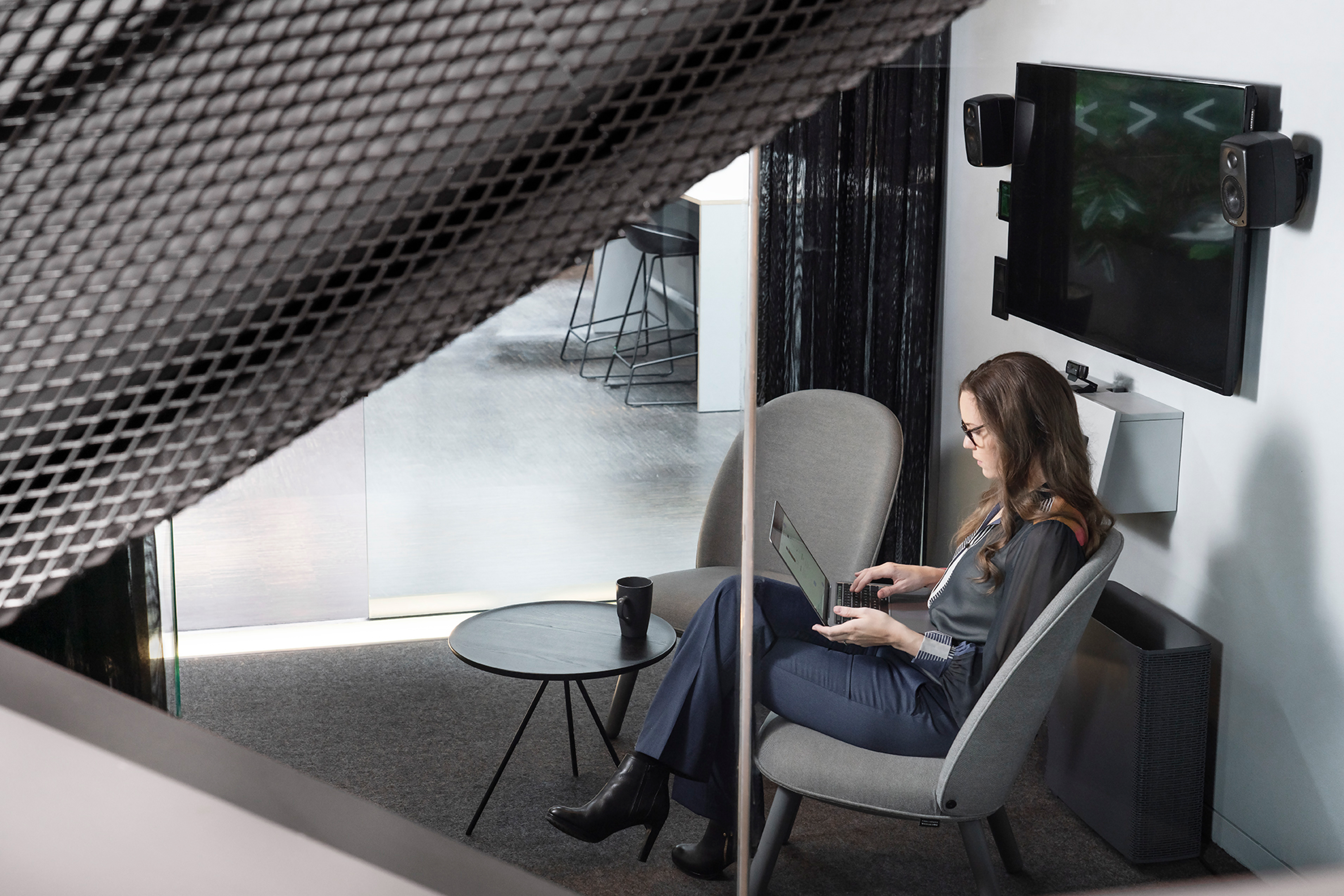
Automated booking software is a time-saver that also gives you a better picture of how your office space is used. Employees can book desks, conference rooms, and event spaces through a central dashboard. This gives you data on who is coming into the office and what spaces they’re choosing most often. In some systems, you can also save user preferences so that they don’t have to re-enter their information every time they want to make a booking. This saves time and helps achieve consistency and transparency.
You can streamline booking further by integrating access control with workplace experience software like Skedda. By giving your users time-and-space-specific access based on their bookings, you can ensure the right spaces are accessible when booked and locked when they’re not.
Environmental controls #
Environmental controls are among the most popular smart office automation tools because they achieve multiple important goals, including increasing energy efficiency and improving employee health. With these systems, you can monitor the humidity, temperature, and air quality in your office.
Even better, you can program the software to automatically trigger a response and adjust the heating, ventilation, and air conditioning (HVAC) system at certain times or when environmental conditions are no longer optimal. For example, you can program the system to turn on the air conditioning two hours before everyone arrives at the office and turn it off again at the end of the day. You may also have the option to integrate your environmental controls with your access control system so that it instantly unlocks doors in the event of an emergency, such as if it detects the presence of smoke or carbon monoxide in the building.
The benefits of an automated smart office #
The smart office market has an estimated value of $51.63 billion as of 2024, and it’s expected to nearly double within the next five years. That’s no surprise given all the advantages that smart office automation offers.
Increased productivity #
Studies show that temperature fluctuations in the workplace can have a serious effect on employee performance levels. Smart offices are generally more comfortable work environments because issues like temperature and humidity are automatically addressed, meaning there are fewer distractions for workers.
Smart office automation also helps security teams be more productive because they don’t have to spend time constantly monitoring doors or watching video streams. Instead, they’ll receive alerts to potential issues so they can react to them momentarily.
Enhanced employee experience #
Businesses are increasingly concerned about employee health and happiness, and smart office automation enables you to offer a healthier, more positive environment. Workers will have fewer worries about safety, will find it easier to collaborate, and will find tasks like unlocking doors faster and more convenient. These improvements are important for existing team members as well as prospective employees because they can help you recruit and retain top talent.
Sustainability #
Growing concerns about climate change and energy costs mean that an energy efficient office is a top priority for many businesses. Environmental controls are a powerful tool in this area because you can optimize your energy use to the demand. By avoiding using lighting and other systems when no one is in the office, you can avoid wasting energy and decrease your carbon footprint.
Better space utilization #
Smart office automation provides you with real-time data from reports and dashboards. With relevant occupancy data, you can pinpoint areas for improvement. For example, you can determine which spaces are underutilized and decide how to repurpose them, increase employee engagement with those areas, and improve revenue. You can also gain a deeper understanding of which places in your office might pose security risks.
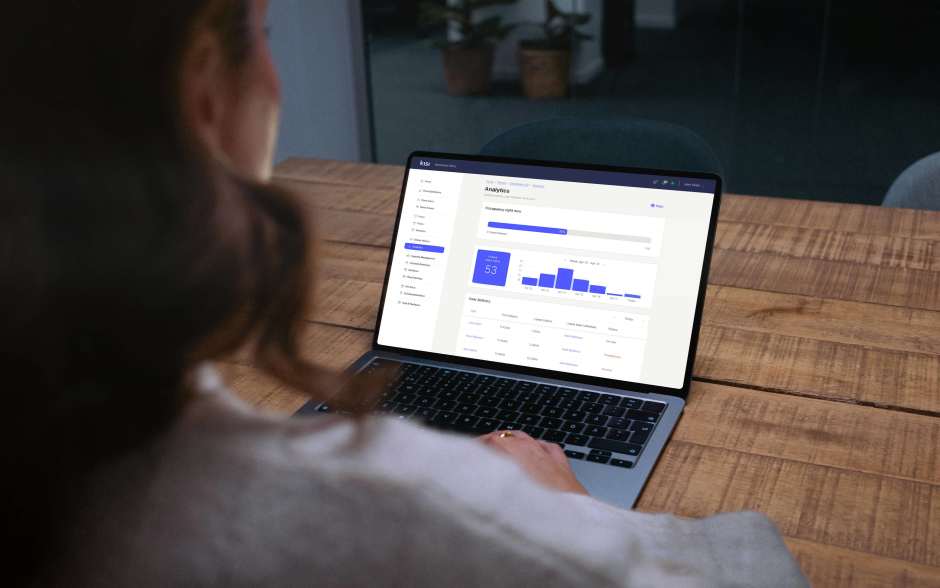
Cost savings #
Implementing smart office automation solutions in your business can save money in a variety of ways, including:
- Lowering energy costs
- Improving space utilization
- Eliminating expenses for purchasing replacement keys and redoing locks
- Minimizing internal maintenance costs, specifically if you’re using a cloud-based system where the third-party provider generally takes care of maintenance tasks
Each of these factors can save your business substantial money over time.
Implementing smart office automation #
Implementing smart office automation in your building is sometimes challenging, especially if you choose office automation tools that can’t work seamlessly together. Knowing how to find the right solutions and what to do when implementing them will help make your automation more successful.
Finding the right solution for your business #
When you research smart office automation solutions, keep these key points in mind:
- Focus: The first question to ask yourself when looking for smart office automation is what areas of your business you want to address. For example, is your priority access control, energy efficiency, employee comfort, or all of the above?
- Flexibility: Look for a solution that can grow with your business. For example, Kisi’s access control system makes it easy for you to add users, update credentials, and include additional doors and locations.
- Integrations: Bringing together different systems so they can work together seamlessly is critical. The Kisi One Security Platform allows you to control all your security systems from a central cloud-based dashboard.
- Infrastructure requirements: Consider what changes you would need to make to your existing systems and infrastructure to implement a new smart solution. Some providers, including Kisi, allow you to migrate to a cloud-based system without replacing all your legacy hardware.
- Reputation: As interest in smart office automation has grown, the number of solutions available has increased dramatically. Look at online reviews to find a reputable provider, but don’t rely solely on anonymous advice—reach out to other businesses and ask for their recommendations.
Once you have your solutions in hand, you can begin developing a plan for implementing and maintaining them.
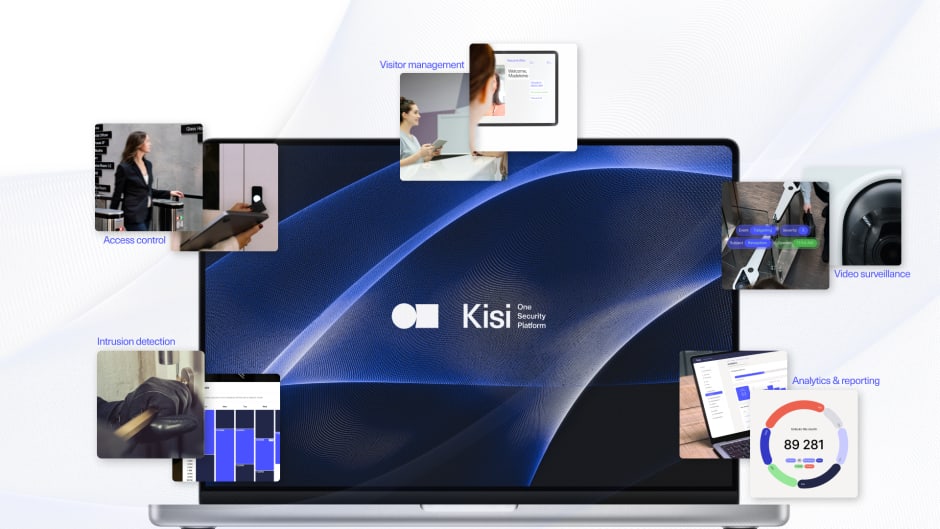
Following best practices #
If you’re new to smart office automation, consider starting small. Ask for a demo of a solution that interests you and, if possible, test it on a smaller scale within your business. For example, if you’re interested in adding access control to your office building, you can start with a single door kit to ensure it performs the way you want. With solutions like Kisi, it’s easy to add additional doors at any time.
In addition, offer training so that your team knows what to expect from the new systems and can use them to their greatest potential. When employees feel more comfortable with automation, they’re more likely to take advantage of it.
Finally, get help from the experts at every stage of the process. Ask for advice about what systems are the best match for your business and guidance on what types of solutions you could integrate for a more cohesive system. After your smart office automation is up and running, don’t hesitate to reach out to the provider’s customer support team. They can help you work through any issues you’re having with the system so that you and your employees don’t stop using it out of frustration.
Make your office smarter with Kisi #
Focus on sustainability and employee well-being will continue to grow, and more job candidates will expect to see employers that prioritize those values. Smart office automation is a solution that enables you to meet their expectations and improve your business’s overall performance at the same time.
Kisi’s Kisi One Security Platform puts together all the pieces of the smart office puzzle into one comprehensive platform. You can automate your security and access control, streamlining operations, reducing overhead, and enhancing the employee experience in the process. Reach out to request a demo or speak to a Kisi expert and learn more about our smart office automation solutions.



